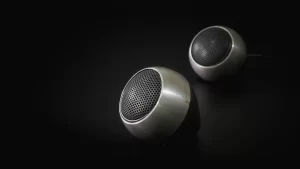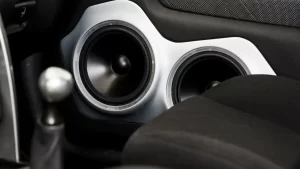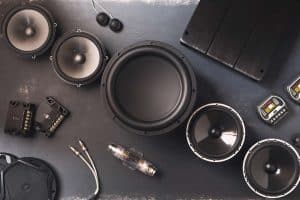We must confess right off the bat that most car shops in Santa Clarita, California, fully recommend powder coating on all vehicle paint redos. In just about any point, powder coating is superior to liquid paint and is the go-to choice for car owners who are looking to get the most quality and value. While these two options are the most popular when it comes to vehicle painting, there are several differences and similarities between the two.
Let’s get down to it, shall we?
First Things First: What’s Powder Coating?
Powder coating is a coating technique that has gained remarkable traction in most car shops in Santa Clarita, CA, in the past few decades. It entails the application of a dry, free-flowing powder often to a metallic surface. Unlike liquid-based painting, powder coating doesn’t call for the need of a solvent to maintain the filler and binder components in the form of a liquid suspension.
It’s a work of ingenuity and serious engineering, with the coating being applied electrostatically. Eventually, the coat is cured under intense heat to allow it to wet and then form a fabulous-looking “skin.” Powder coated surface tend to have an alluring luster that lasts longer than liquid paint. The powder itself can be a thermoset (cannot be reversed when cured) or a thermoplastic (can be reversed) polymer.
Step-by-Step Process of Powder Coating
Step #1: Sandblasting
Once the product is out of the fabrication line, it is often riddled with rust, debris, oil, and mill scale. The coat cannot be applied in such a state. That’s why the product is sandblasted to remove them. If the car is being repainted, the sandblasting will effectively get rid of the old coating and rust.
Step #2: Application of the Powder
The car shop professional will start off by applying zinc-based primer through a corona or special electrostatic gun. The gun basically adds + charge to the powder which will then be attracted to the negatively charged surface. This way, there’ll be zero oversprays, and the density of the powder can easily be controlled.
Step #3: Gelling the Primer
Once the workpiece is evenly applied with powder, it is then moved into the oven where the primer is gelled. The vehicle will stay in the oven for a predetermined time.
Step #4: Finish Coating
Once the primer has been gelled, the piecework is taken back to the powder coating bay where the finish coat is gently applied. This is where your preferred color is applied in the same ways as the primer.
Step #5: Curing
Lastly, the vehicle is baked in the oven until the powder coat is out-and-out cured and ready to hit the road in its glorious new coat.
What’s Liquid Painting?
For the sake of clarity, liquid paint is a traditional polymer painting solution that utilizes a solvent to keep fillers and binders in a suspension form. It’s essentially the conventional method for applying a liquid paint to a metal product for coat finishing. Painting companies often use a pump, spray or pressurized system to deliver the liquid paint evenly.
Powder Coating vs. Liquid Paint: what’s the difference?
The liquid paint was once the superstar of coating industry, but powder coating is emerging as a go-to coating technique especially for metals. According to a study conducted by PCI, powder coating now accounts for more than 15 pc of all industrial finishing, and often offer incredible improvements over liquid paint. So, how are the two types of coatings different?
#1. VOCs (Volatile Organic Compounds)
VOCs are well-known pollutants that can cause insurmountable side effects to our environment. They can poison our planet’s underground drainage, kill the ozone, and trigger respiratory conditions. Unlike conventional liquid paint and other coating products with are based on solvents (a major source of volatile organic compounds), powder coating has no solvent. Oftentimes that means powder coating comprises a negligible amount of VOCs and, therefore, more eco-friendly.
#2. Durability
When it comes to durability, it’s important to use the right combination of both liquid paint and powder coating. However, powder coating tends to offer a high level of durability against elements like chemicals, UV, moisture, and even heat. That means that powder coated vehicles and structures can be expected to have exterior performance lifespans of up to half century with little to no maintenance costs.
#3. Cost
While material cost of liquid paint is significantly lower than powder coating, automation has made the latter to be cheaper too. With automated application process, the labor costs for powder coating has been dramatically reduced. Besides, powder coating produces no waste.
#4. Thickness
Due to the nature of polymer coats, you can expect powder coating to result in much thicker coatings than liquid paint. What’s more — you can say goodbye to sagging or running with powder coating.
#5. Recycling and Waste
The good news is that powder coating overspray (excess primer) can be recycled, making it much more efficient than liquid paint coating.


















